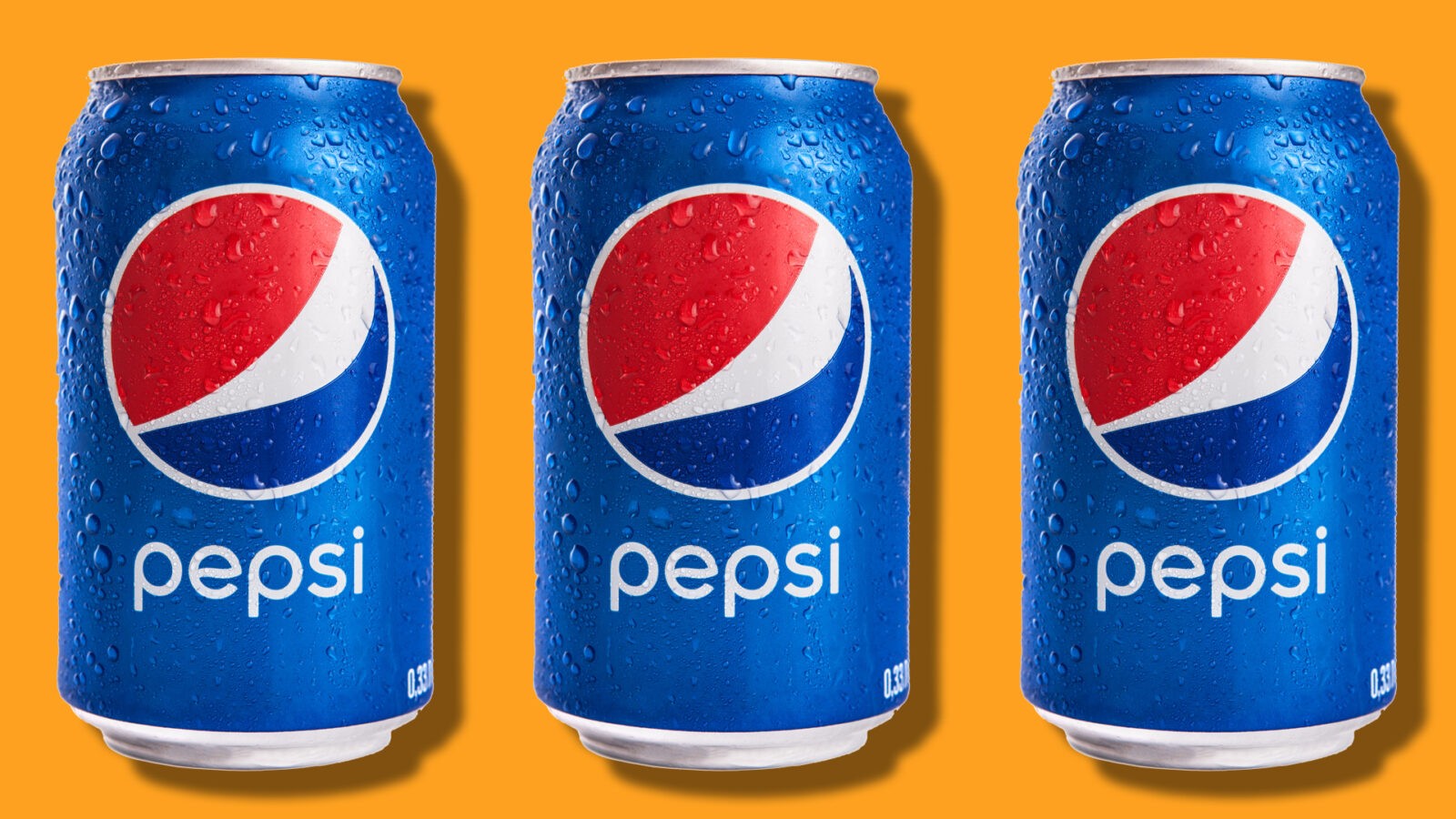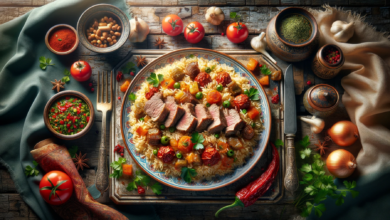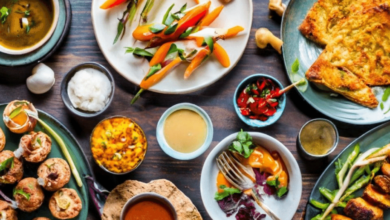Pépico Today: Modern Expressions and Evolutions of an Age-Old Tradition

In the vast tapestry of cultural traditions, some threads weave through time, connecting generations and preserving the essence of a shared heritage. Pépico, a venerable tradition with roots tracing back through centuries, is a testament to the resilience and adaptability of cultural practices. Today, we delve into the modern expressions and evolutions of pépico, exploring how this age-old tradition continues to shape and be shaped by the contemporary world.
The Origins of Pépico:
Pépico, derived from the ancient vocabulary, has a rich history rooted in communal celebrations and artistic expression. Originally a dance form, it was an integral part of festivals and ceremonies, embodying the spirit of unity and festivity. The rhythmic beats and intricate movements told stories of the community, reflecting its values and collective experiences.
Modern Pépico: A Fusion of Tradition and Innovation:
As cultures evolve, so do their traditions. Pépico has undergone a remarkable transformation, blending the traditional with the contemporary. Pépico is not confined to festive occasions but has found its way into mainstream entertainment and cultural events today. Dance studios offer pépico classes, attracting enthusiasts eager to explore the cultural richness embedded in its movements.
One striking evolution is the incorporation of technology. Pépico, once accompanied by traditional instruments, now embraces electronic beats and digital enhancements. This fusion of the old and the new creates a dynamic dance form that resonates with seasoned practitioners and a younger, tech-savvy audience.
Pépico in the Global Spotlight:
In an era of globalization, cultural exchange has become more prevalent. Pépico has transcended geographical boundaries, captivating audiences around the world. International festivals showcase pépico performances, fostering a cross-cultural appreciation for this ancient tradition. The dance form symbolizes cultural diversity, illustrating how habits can serve as bridges between communities.
Contemporary Pépico Artists: Preserving Heritage, Creating Innovation:
In the hands of contemporary artists, pépico has become a canvas for creative expression. Renowned choreographers and dancers are pushing the boundaries of tradition while respecting its core elements. Through avant-garde interpretations and experimental performances, they breathe new life into pépico, ensuring its relevance in a rapidly changing world.
The Pépico Renaissance: Rediscovering Identity:
Pépico’s resurgence goes beyond entertainment; it is a reclamation of identity. In an age where global trends can overshadow cultural heritage, pépico reminds us of the rich tapestry of traditions that make up our international community. Communities are rediscovering their roots through pépico, using it as a cultural preservation and revitalization tool.
Pépico and Social Movements:
Traditions are not static; they evolve in tandem with societal changes. Pépico is no exception. Pépico has become a symbol of resistance and social commentary in recent years. Dancers use their performances to address pressing issues, from environmental concerns to social justice. Pépico, once confined to celebratory contexts, has found a new voice in advocating for change.
Preserving Pépico: The Role of Education and Documentation:
As pépico continues to evolve, the importance of education and documentation cannot be overstated. Schools and cultural institutions are crucial in transmitting pépico’s techniques, history, and cultural significance to younger generations. Documentaries, online platforms, and academic research contribute to preserving and disseminating pépico’s legacy.
Conclusion:
Pépico, with its roots firmly planted in the past, continues to grow and flourish in the present. Its journey from traditional celebrations to global stages is a testament to the enduring power of cultural traditions. As we witness the modern expressions and evolutions of pépico, we are reminded that traditions are not relics of the past but living, breathing entities that shape and reflect the spirit of the times. Embracing pépico today means celebrating a rich cultural heritage and contributing to the ongoing narrative of its evolution.




